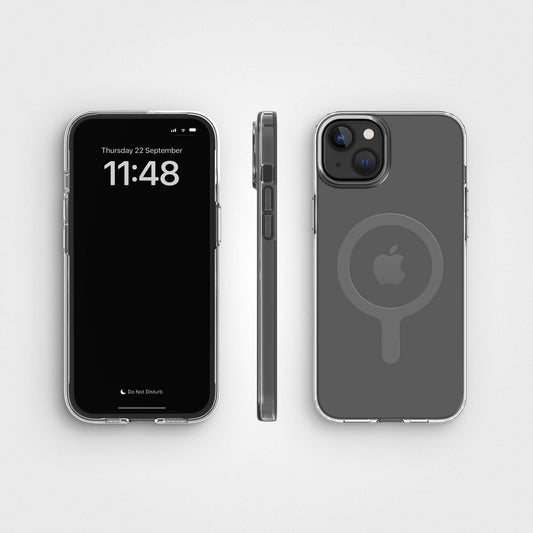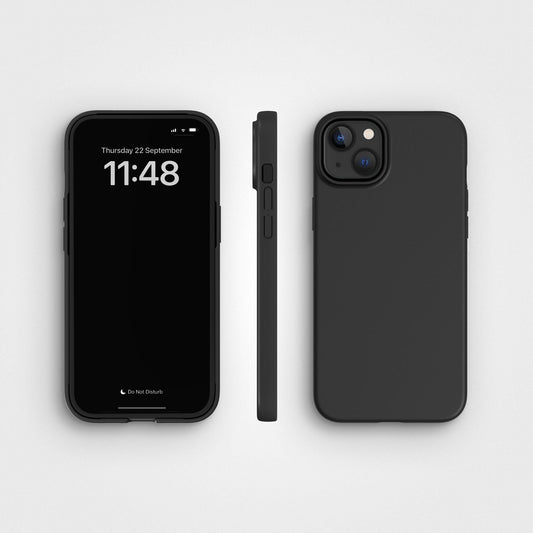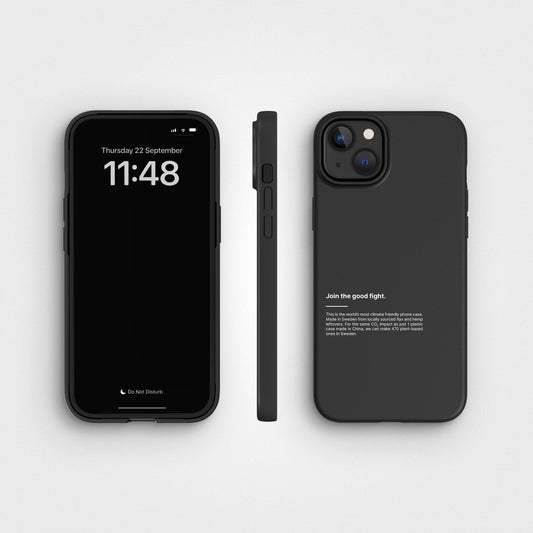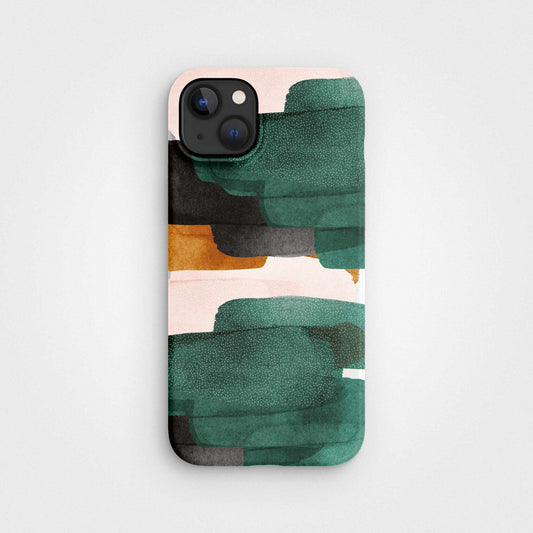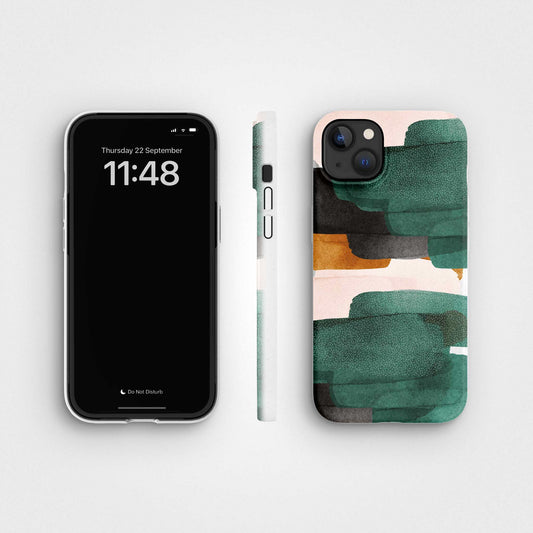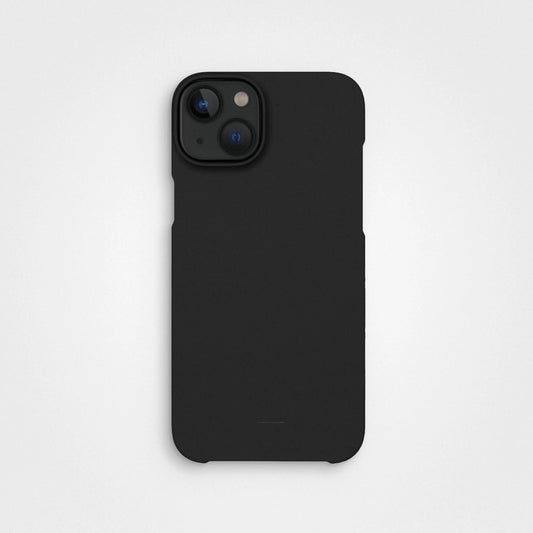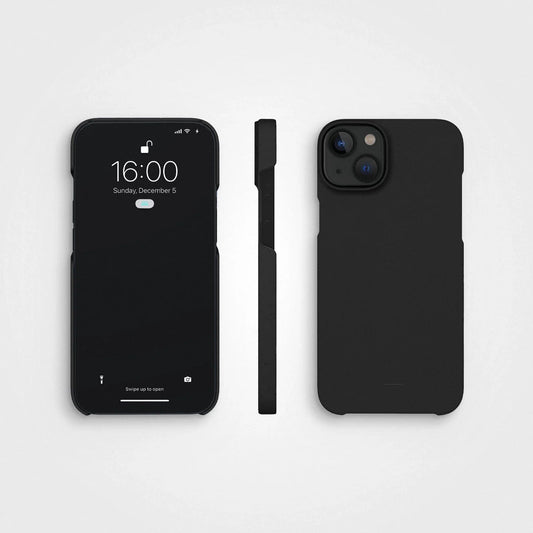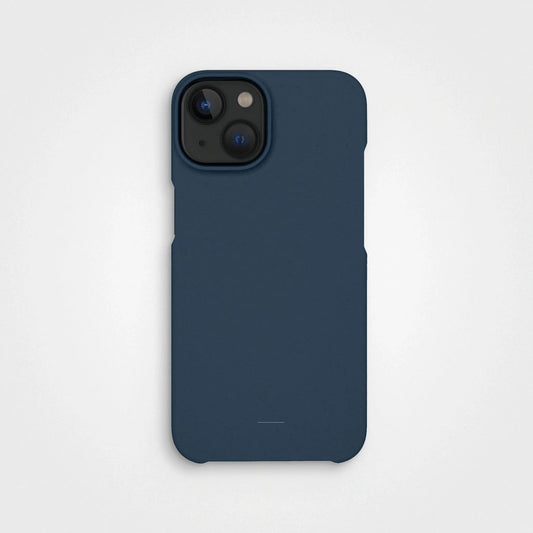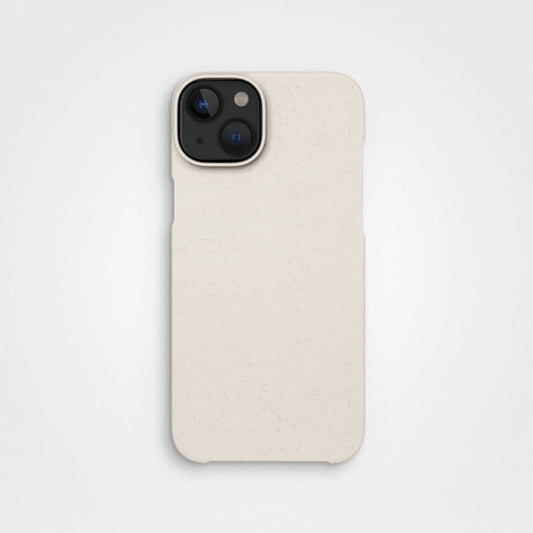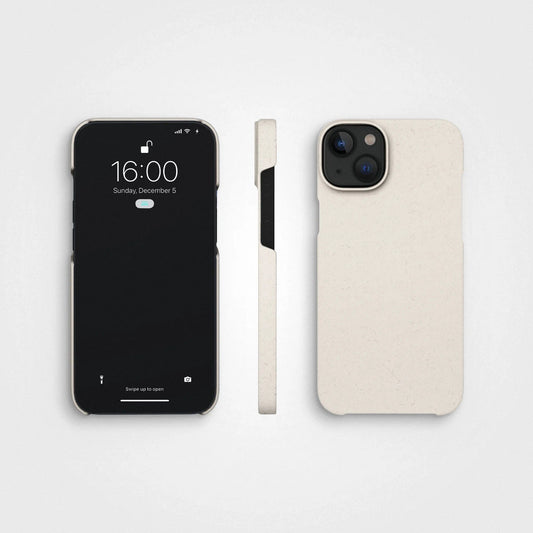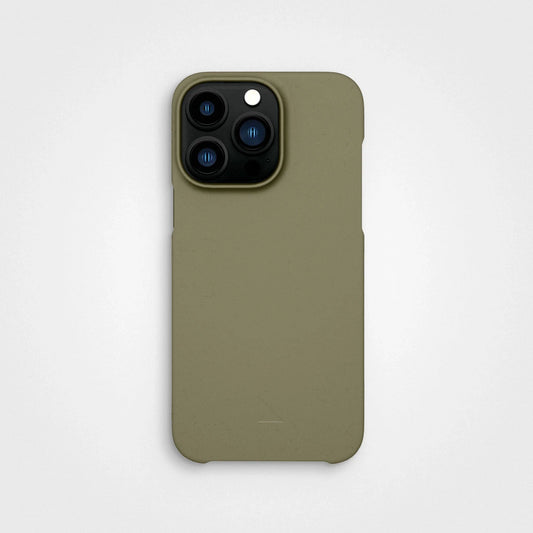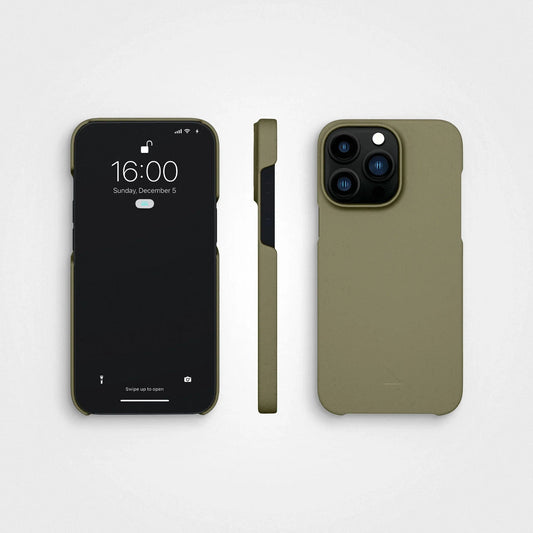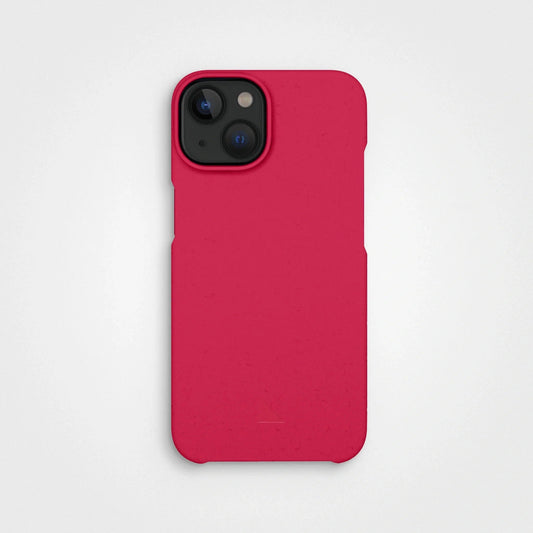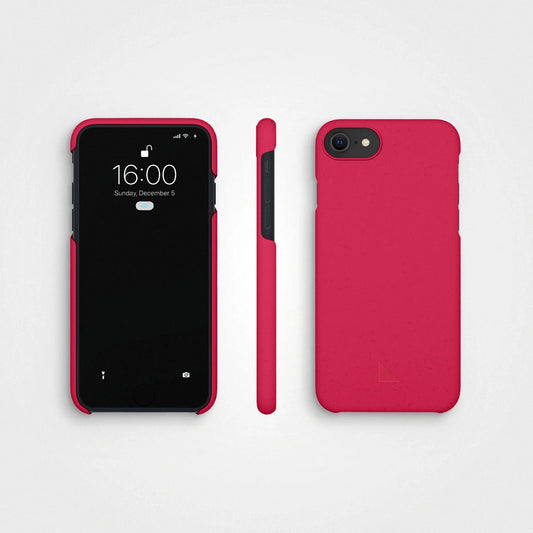Let's start at the beginning
1. Papyrus:
No, not the font. We mean the writing surface made from the pith of the Cyperus papyrus plant. It was was used in ancient Egypt and other Mediterranean societies for writing long before paper was used in China.
2. Paper 1.0:
The NOMAD played mp3's. The iPod created an industry. Paper sort of started out the same way. Nearly all paper you have held can be traced to Cai Lun. He was an inventor and politician who served in the court of He of Han and then of Empress Densui until 121 AD. He is credited with "inventing" paper. He was responsible for perfecting the recipe by adding essential new materials into its composition and standardizing how it was made. Paper was iPod and the process was iTunes.
Fun fact: Cai Lun was a eunuch. For a guy who couldn't father children, he certainly fathered something just as world-changing.

3. Paper 2.0 to ∞:
From that first batch Cai Lun made up to today and into tomorrow, LOTS of paper has been made. All kinds. Way too many kinds to take the time to compile an exhaustive list of even half of all paper exists. Let's just say there is some variety. The examples that follow have been selected because we think they are neat, interesting, or quite useful.
4. Wrapping Paper:
Who doesn't like to get a beautifully wrapped gift? Even though "it's what's on the inside that counts" a nicely wrapped gift can make a great impression. It's also fun to tear. But did you know that most wrapping paper cannot be recycled? Furthermore, if wrapping paper infiltrates a batch of meant to be recycled it's the proverbial bad apple spoiling the bunch.
Info for a thoughtful consumer: Metallic wrapping paper, or paper with glitter, or with a texture is not recyclable. Don't use it.
5. Rice paper:
Have you ever touched the ring of a butterfly or a maybe a dragonfly wing? Rice paper feels even more delicate but one of its primary uses is in cleaning up oil spills . . . on your face.
Allure link: Here are 9 blotting papers according to Allure that are some of the best if you have oily skin.
6. Currency Paper:
Money, Money, Money. Civilization runs on trying to convince people that they should give each other money. We all prefer to have it. Some people use commercial transactions to get money. Some people perform services and some people steal it. Some people (or groups of people) do all of those things at the same time.
Did you know that money is printed on paper made from cotton? At least that was the case until 1988 when polymer-based banknotes entered into circulation in Australia. These modern banknotes were first developed by the Reserve Bank of Australia, Commonwealth Scientific and Industrial Research Organisation (CSIRO) and The University of Melbourne. According to a life-cycle assessment performed by the Bank of Canada, polymer banknotes last significantly longer than paper notes, so fewer polymer notes will have to be manufactured and distributed. Also, because they weigh less than paper notes, using them results in a decrease in environmental impact..
Question: Do you know what kind of paper Apple Currency is made from?
Answer: None. It isn't a country (but the Apple Credit Card is made from titanium).
7. Flash Paper:
Ever go to a magic show? Poof! A flash of light and something seems to disappear. The distraction that fools you into not noticing the slight of hand occurs because the paper is made from nitrocellulose. Such paper burns almost instantly, makes a bright flash, and doesn’t leave any ashes. Paper and cloth that contain this explosive mixture also has a long history in munitions, mining, and film. You take the good with the bad, I guess.
8. Tissue paper:
You thought we were going to say toilet paper. Get your mind out of the gutter. Next time you have a runny nose and reach for a box of Kleenex you'll be able to recall the following fun facts about what you're using to wipe your face.
Tissue paper is produced on a machine fitted with a Yankee Dryer - a single large steam heated drying cylinder - and a hot air hood. You put in paper pulp, the cylinder is sprayed with glue, and the paper sticks. Voilà! Tissue paper. Did you know that modern hygienic tissue paper as we know it today was not produced until midway to the 1950s? The disposable tissue, along with modern medicine and other sanitary improvements, has done a lot to minimize the spread of infection and improve life in general.
Personal note: I like facial tissues that contain aloe vera.
9. The Funny Pages:
Sunday Comics. The Sunday Strip. The Sunday Funnies. One casualty of the slow death of print media is the demise of the Funny Pages. Future children will never know what it is like to sit at the kitchen table and browse through a bunch of lame comics until reaching Calvin and Hobbes and then finishing up with a panel from The Far Side. Oh well. On a positive note, internet comics can be pretty good too.
10. Paper Airplanes:
Paper airplanes are cool enough that I think they deserve their own entry in this list even though I guess they technically can be shoehorned in with origami. Forget that. Paper airplanes are fun to make and play with. Designing a good one is a fun challenge. To get you going here is a link to Fold'N Fly - a paper airplane database!
Speaking of paper airplanes, did you know that back in 2008 scientists and origami masters in Japan considered launching a flotilla of paper airplanes from space? If the planes had launched and if one survived that airplane would have gone down in history as having made the longest flight ever by a paper airplane. Hope springs eternal.
11. Paper Mario:
While not paper the distinctive visual style of the Paper Mario series of video games makes you think about paper in new ways. The puzzles are fun and there's a bit more humor than standard Mario games. A new title would be a great addition to the Nintendo Switch. Until then dust off you WiiU and give Color Splash a go! It's a good game.

12. Origami Paper:
You knew it had to be on the list. It's like vanilla ice-cream; an obvious choice that also happens to be fantastic. Origami is the art of paper folding, which at first blush might not strike you as particularly impressive. The magic happens when a partitioner of origami combines the small number of basic folds to make intricate designs. The best-known origami model is the Japanese paper crane.
More recently, a former NASA physicist with a passion for this ancient art has designed a computer program to help create the world's most complex origami creations.
Trivia: An origami unicorn acts as a significant plot point in the sci-fi masterpiece Bladerunner. It's called "Gaff's Unicorn."
13. Paper Tiger:
In addition to all that paper, China also gave us this wonderful phrase to describe someone who brags about being powerful but crumbles under the slightest gust of force. How it is used: The Economist, 15 Mar. 2018 | "The West, including Britain, has a sorry recent history of behaving like a paper tiger when confronted with Russian aggression, as Crimea and Ukraine show.
14. Parchment Paper/Wax Paper (tie):
The two titans of paper in the kitchen space, parchment paper and wax paper each perform valuable functions. Wax paper is great because it doesn't stick to things and works better than plastic wrap at stopping splatters in the microwave. Parchment paper is invaluable when baking. It is commonly used in place of sheet pan greasing, allowing very rapid turn-around of batches of baked goods like cookies.
Outside the kitchen, did you know that DJs commonly place sheets of wax paper or parchment paper under their records to increase slip and aid in scratch routines?
15. Stone Paper:
This is the kind of paper we specialize in making. It was developed in the late 90s so it's a relative newcomer to the paper neighborhood. Unlike traditional pulp paper, the production of stone paper uses no water, acid, bleach or optical brighteners. And since trees aren't chopped down to get wood, squirrels and birds aren't forcefully evicted from their homes. Furthermore, stone paper is water, grease, and insect resistant. It's also very durable - which makes it hard to tear. And on top of that, no paper cuts.
How stone paper is made:
We break into museums and harvest only the choicest and most rare ancient Greek and Roman statues then we crush them into powder which we then transform into paper. We kid. While we do crush marble nothing from antiquity is harmed to create our stone paper. We use the "waste" bits and cast-offs from quarries. We ground it to that fine powder though because that’s makes the primary ingredient of stone paper. We mix in a small bit of a recycled polymer and press it into sheets.
Final thoughts on paper
Those are some of the papers we found interesting. What form of paper fascinates you? Feel free to tell us!


